The relationship between penetration depth and sexual pleasure

Table of contents
in humanssexual behaviorThrusting depth has been a topic of great interest in research. It involves not only physical stimulation, but also psychological, emotional and cultural factors. Thrusting depth refers to the fact that during vaginal intercourse thepenisThe depth of penetration directly affects the stimulation of the sensitive areas inside the female vagina, which in turn affects the intensity and quality of sexual pleasure. According to a number of sex studies, the relationship between depth of penetration and sexual pleasure is not linear, but is influenced by a variety of variables, including frequency of penetration, posture, and communication between partners.
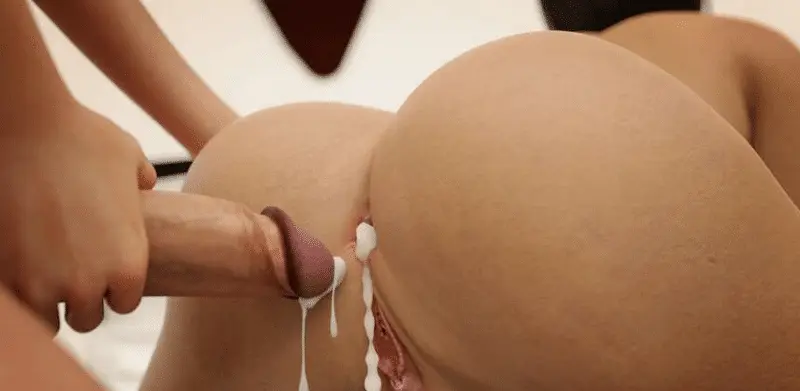
Physiological Basics: How Pumping Depth Affects Sexual Pleasure
Sexual pleasure is a subjective experience, regulated by the brain's nervous system. The depth of pumping stimulates the vagina'sPoint G(Grafenberg spot),Cervix(cervix) or other sensitive areas, which can lead to more intense pleasurable impulses. Studies have shown that as the depth of pumping increases, women may feel different internal stimulation than clitoral stimulation.culminationThis also depends on the individual's body type. However, excessive depth can cause discomfort, so balance is key.
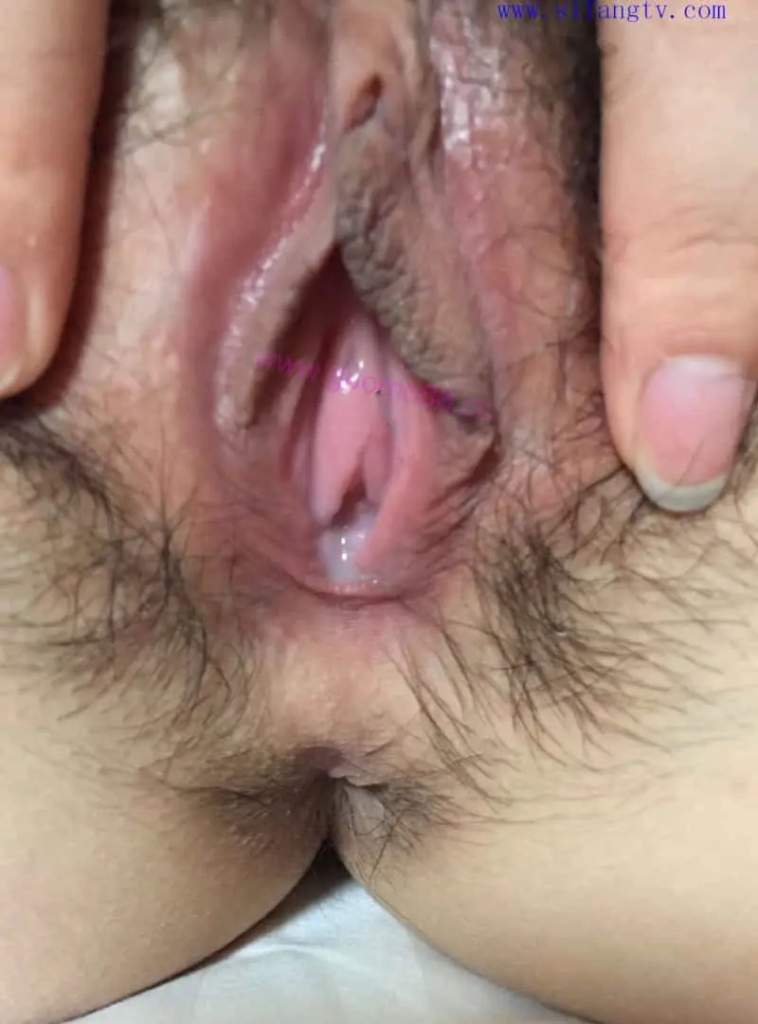

Vaginal Anatomy and Sensitive Areas
vaginalIt is a flexible tubular structure, about 8-12 centimeters in length, and is lined with nerve endings. The depth of pumping directly affects the intensity of stimulation of these nerves. There is a G-spot in the front wall of the vagina at about 3-5 centimeters, which is spongy tissue that can produce intense pleasure when stimulated. When the penis reaches this area, the woman may feel an "internal orgasm", which is different from the external stimulation of the clitoris.
The cervix is located deep in the vagina and can be gently touched by deeper strokes to induce deeper pleasure. Studies have shown that deeper strokes can increase friction on the cervix, which in turn can increase sexual arousal. However, if the depth is too deep, it may touch the sensitive area of the cervix, causing pain rather than pleasure. Therefore, the depth of penetration varies from person to person, and it is usually recommended to explore the cervix gradually from shallow to deep.
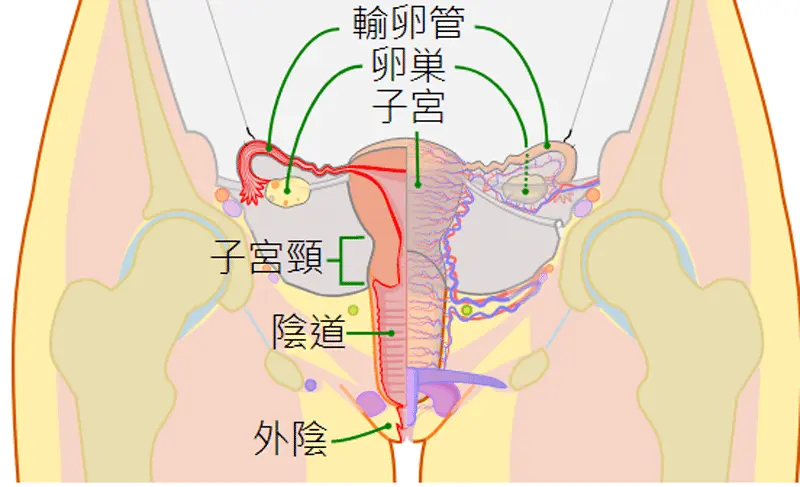
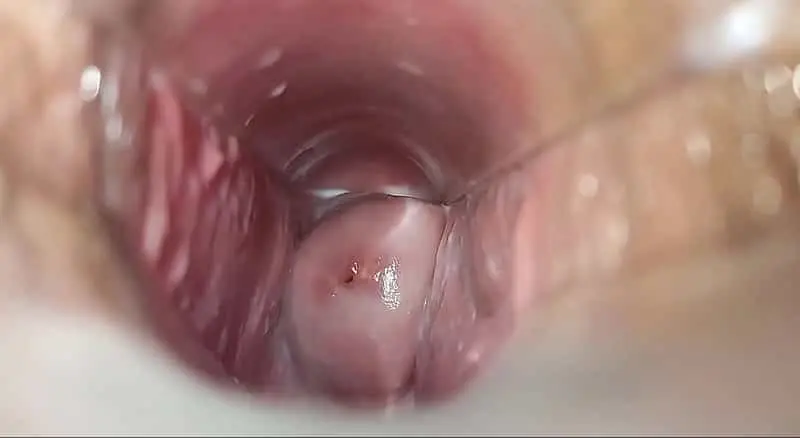
Pumping Depth and Orgasmic Mechanisms
Orgasm is the culmination of the sexual response cycle and is controlled by contraction of the pelvic muscles and release of nerves. The depth of penetration affects the type of orgasm: shallow penetration mainly stimulates the clitoral legs and produces surface pleasure, while deep penetration stimulates the deeper parts of the vagina and triggers a full-body orgasm. According to the Masters and Johnson model of sexual response, sufficient tension needs to be built up before orgasm, and deeper strokes accelerate this process.
A study has shown that the deeper the penetration, the higher the chance of female orgasm, but only if the frequency is appropriate. When the frequency is high but the depth is shallow, the pleasure is weaker; on the other hand, when the depth is high but the frequency is low, the pleasure lasts longer. Men tend to instinctively deepen their strokes as they approach orgasm, which is a biological instinct to increase the efficiency and pleasure of ejaculation.
The deeper you pump.The more likely a woman is to feel stimulation near the cervix, which, unlike clitoral stimulation, can bring deeper pleasure.
- The more shallow the drawThe main stimulation is in the anterior part of the vagina and around the clitoris, which is suitable for foreplay or delayed orgasm techniques.
- Frequency is inversely proportional to depth: As the frequency of pumping increases, the depth usually becomes shallower; conversely, slower pumping can be paired with deeper penetration.
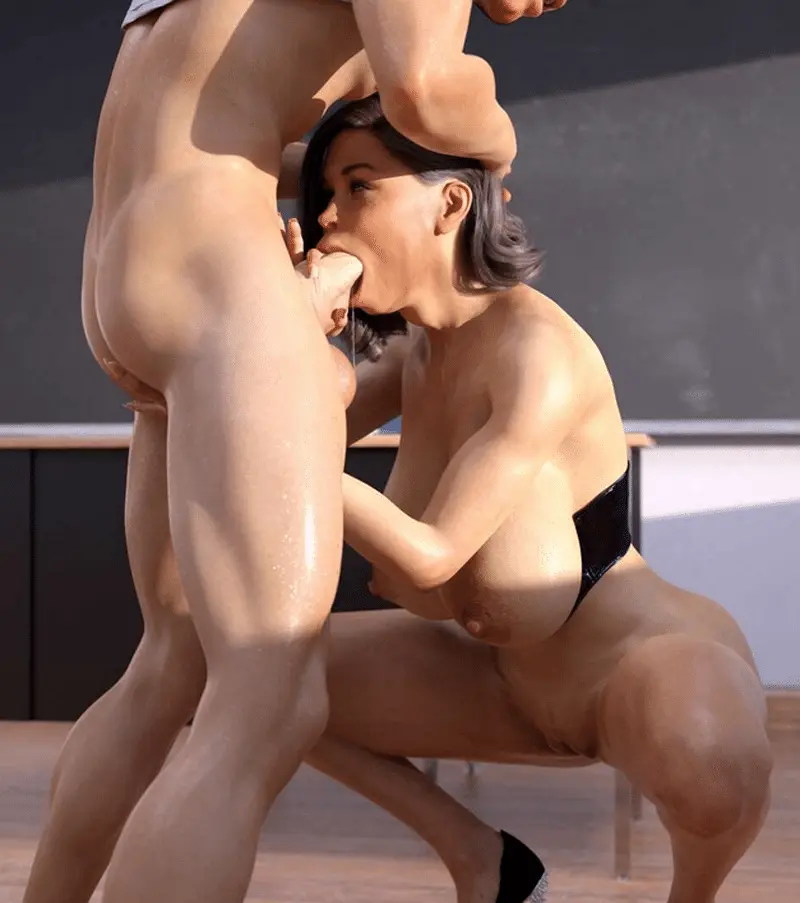
Intervention of psychological factors
Sexual pleasure is not only physical but also psychological. The depth of penetration can symbolize intimacy and dominance, enhancing the emotional connection. Psychologists say that trust and communication can amplify the pleasure of deeper strokes; conversely, anxiety can turn into discomfort. Cultural factors are also important. In Eastern traditions, such as the "Nine Shallow, One Deep" technique, variations in depth are emphasized to prolong pleasure.

Depth of pumping in the study of sexology
Ancient Egyptian and Greek texts mention that deep intercourse enhances fertility and pleasure, but there is no empirical evidence. Ancient Chinese texts, such as the Su Nü Jing (The Classic of the Vegetarian Nymphs), describe "nine shallow strokes and one deep stroke," suggesting that variations in depth can prolong the male's endurance and enhance the female's pleasure at the same time. This is an early record of the technique.
In medieval Europe, under the influence of Christianity, sex was regarded as a sin, and discussions on the depth of pumping were suppressed. However, after the Renaissance, medical scientists began to explore the topic.

Modern Milestones: The Kinsey and Masters Era
The 1948 Kinsey Report was a turning point, surveying thousands of people and finding that 89% of female orgasms came from the clitoris, but that deeper strokes could assist. Deep stimulation of the cervix produces unique pleasure.
1966Masters and JohnsonIn an experiment using a device to record the effect of pumping depth on heart rate and muscle contraction, it was demonstrated that deep pumping shortens the plateau period and accelerates orgasm.

Contemporary Research: Evolutionary and Cultural Perspectives
From an evolutionary perspective, the 2016 study suggests that female orgasm is a genetic mechanism, and that deep pumping mimics ancestral behavior and improves pairing success. Asian studies, such as the 2013 China report, emphasize that depth is positively associated with orgasm, but pain needs to be avoided.

Scientific Evidence: Research and Data Analysis
A 2013 study showed that deeper strokes increased the chance of orgasm by 20-30%, but at a frequency of less than one stroke per second. Another study showed that deeper strokes stimulate the anterior fornix, which produces deep pleasure.
| Time period (minutes) | Depth Type | Pumping frequency (times/second) | Average pleasure rating (1-10) | High Tide Probability (%) |
|---|---|---|---|---|
| 0-3 | Shallow (1-5cm) | 0.5-1 | 6.2 | 45 |
| 3-6 | Medium (5-8cm) | 1-1.5 | 7.5 | 65 |
| 6-9 | Depth (8cm+) | 1.5-2 | 8.8 | 80 |
Gesture Impact: How to Optimize Depth
Missionary position is good for medium depth; rear-entry allows for deeper strokes and increased pleasure. Research suggests the woman-on-top position, which allows the woman to control the depth.

Practice Tips: Suggestions for Enhancing Pleasure
Basic Skills:Nine shallow and one deep
Traditional Chinese technique: nine shallow strokes followed by one deep stroke to prolong the pleasure.
Advanced Methods
Variable speed pumping: alternate depth and frequency. Use lubricants to minimize discomfort.
Partner Communication
Discuss preferences to ensure reciprocity.

Why might "S-Spanking" work?
Although there is currently no medical literature that definesS-shaped thrusting", but anatomically speculative:
- S-TrackPossibly during the insertion process.Simultaneous stimulation of different areas of the vagina(e.g. G-spot, anterior vaginal wall, cervix, etc.) for multiple stimulation effects.
- if paired withPelvic Rhythm and Angle Changes(e.g., slight side-to-side oscillations, up-and-down tilting), can simulate an "S-shaped" path, increasing the area of friction and points of stimulation.
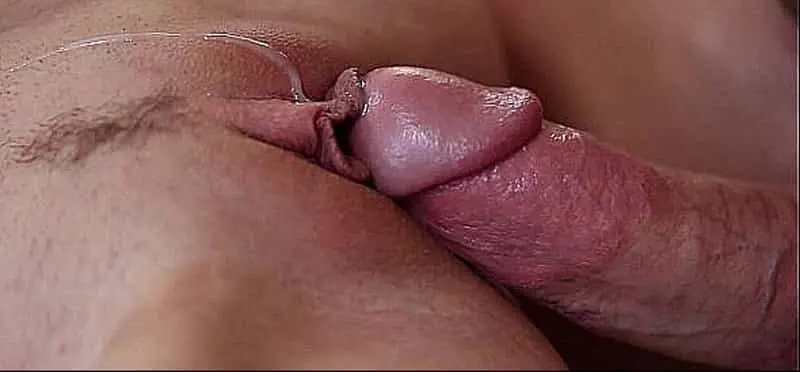
Suggestions and Notes for Use
- Communication first: Every woman has different preferences for the depth of stimulation, so talk to your partner first to see how they respond.
- Sufficient lubrication: Ensure that the vagina is adequately lubricated during deep penetration to avoid discomfort or pain.
- Change of paceDon't stay the same, change the depth and speed to keep things fresh and exciting.
- Avoid excessive cervical irritation: Some women are more sensitive to cervical stimulation and excessive impact may cause discomfort.
Further reading:



![[有片]把與生俱來的「好色」,用以點燃事業的雄心](https://findgirl.org/storage/2025/11/有片把與生俱來的「好色」,用以點燃事業的雄心-300x225.webp)




